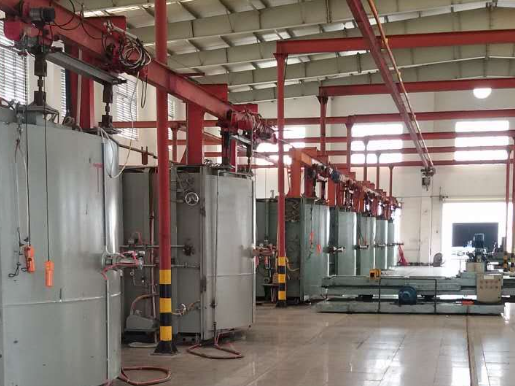Introduction
Dual-zero aluminum foil, a vital aluminum alloy material, finds extensive applications across various industries. However, during production, the issue of hot bulging in the annealing process may affect product quality and manufacturing efficiency. This article explores how process optimization can address the hot bulge problem in annealing dual-zero aluminum foil, thereby enhancing product quality and production efficiency.

Optimization of Annealing Process Parameters
Adjusting annealing process parameters is the primary step in addressing the hot bulge issue in dual-zero aluminum foil annealing. By fine-tuning parameters such as annealing temperature, holding time, and cooling rate, the occurrence of hot bulging in the foil can be minimized. Lowering the annealing temperature or extending the holding time can help reduce stress in the aluminum foil, thus lowering the risk of hot bulging.
Improvement in Coiling and Feeding Methods
Even tension and stress distribution during coiling and feeding are crucial for reducing hot bulging in aluminum foil. Implementing constant tension control systems or optimizing coiling and feeding methods to ensure uniform stress on the foil can effectively reduce the occurrence of hot bulging.
Optimization of Auxiliary Equipment
Optimizing auxiliary equipment also plays a significant role in addressing the hot bulge issue in annealing dual-zero aluminum foil. For instance, optimizing rollers, tension control systems, and other equipment to ensure smooth operation and appropriate adjustment can reduce the occurrence of hot bulging caused by equipment issues.

Optimization of Material Selection and Quality Control
Selecting high-quality dual-zero aluminum foil raw materials and strictly controlling the composition, structure, and surface quality of the material are key to reducing the risk of hot bulging. Additionally, strengthening quality control and inspection processes to promptly identify and address material defects that may lead to hot bulging can improve product quality.
Optimization of Process Flow and Layout
Optimizing the process flow and layout of the annealing process, such as arranging equipment layout properly and reducing unnecessary process steps, can enhance production efficiency and product quality while reducing the occurrence of hot bulging.
Conclusion
Through process optimization measures, the hot bulge issue in annealing dual-zero aluminum foil can be effectively addressed, leading to improved product quality and production efficiency while reducing production costs. In practical applications, a comprehensive consideration of various factors and continuous optimization of process parameters and workflows are essential to achieve the best solution.


